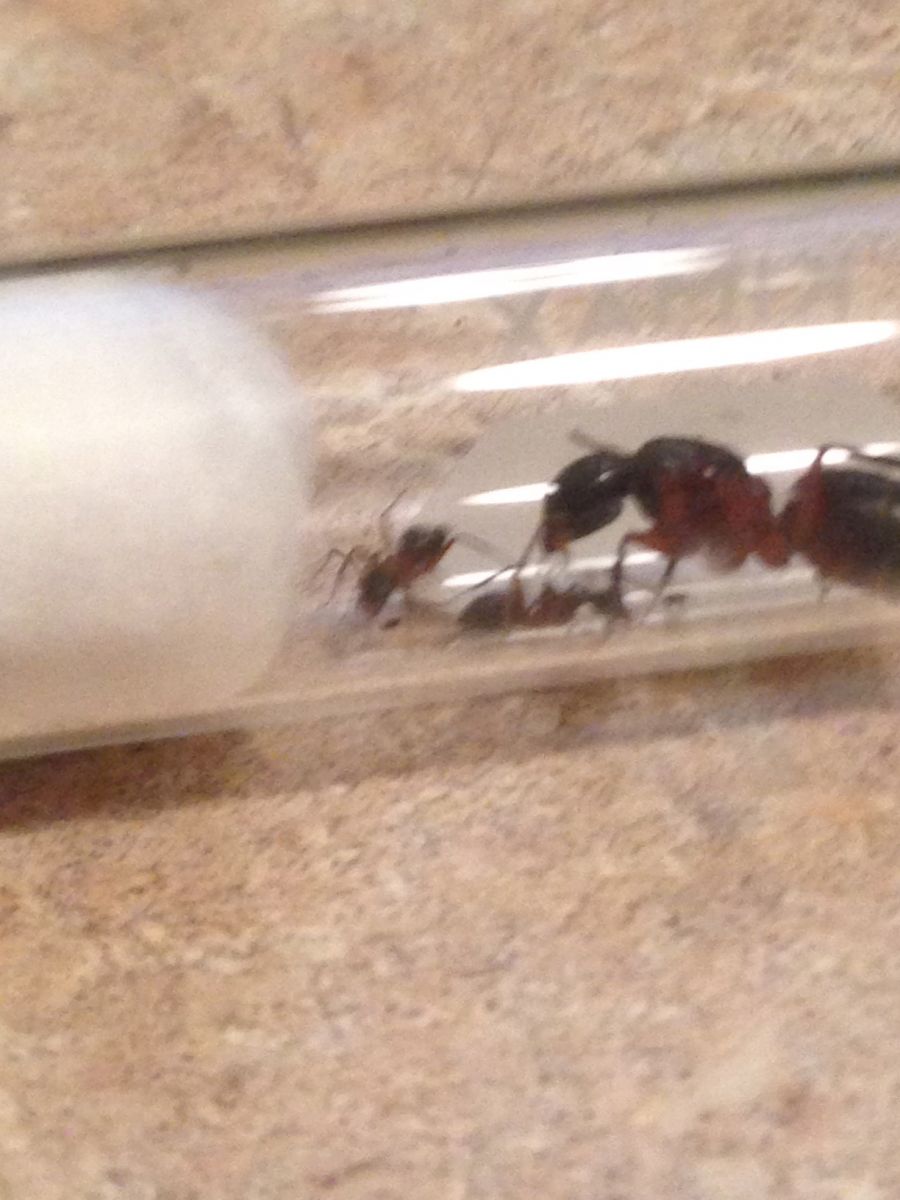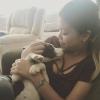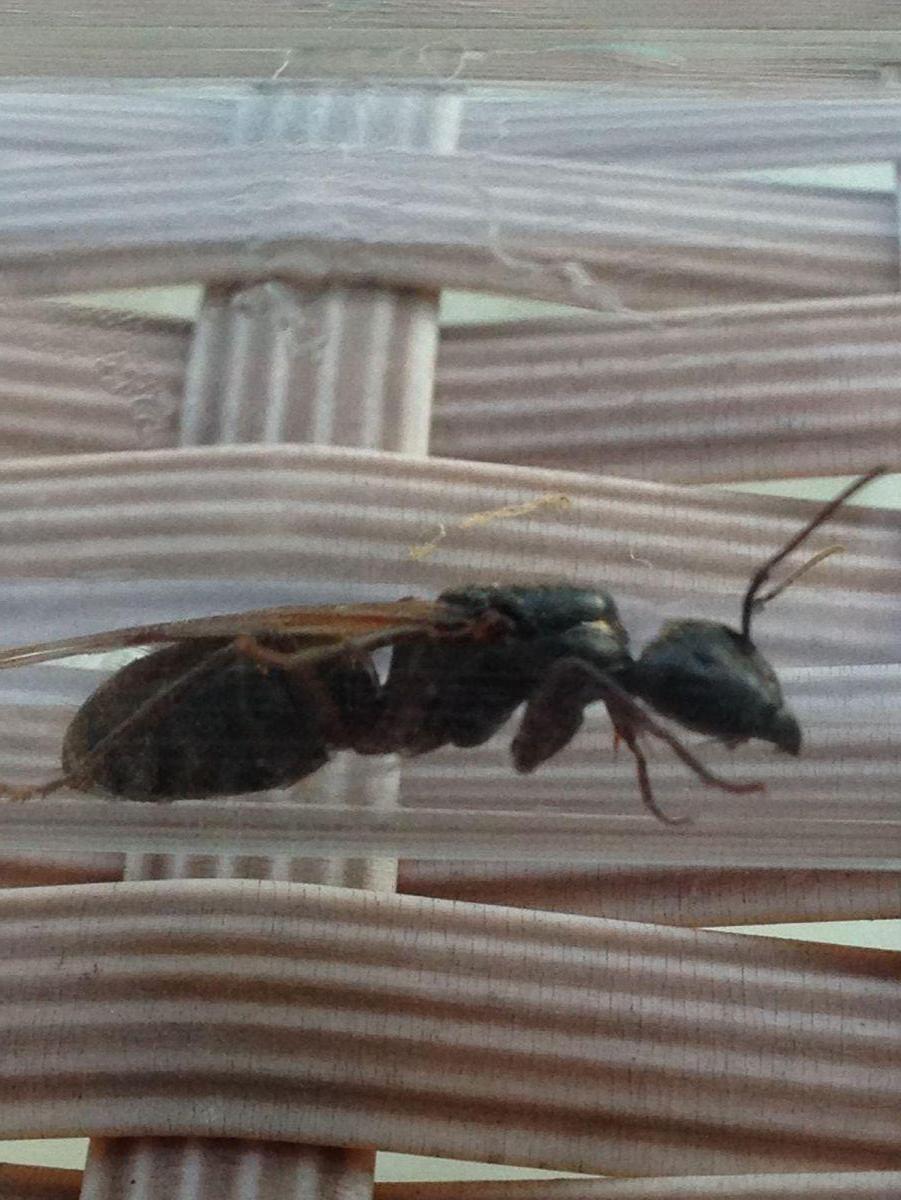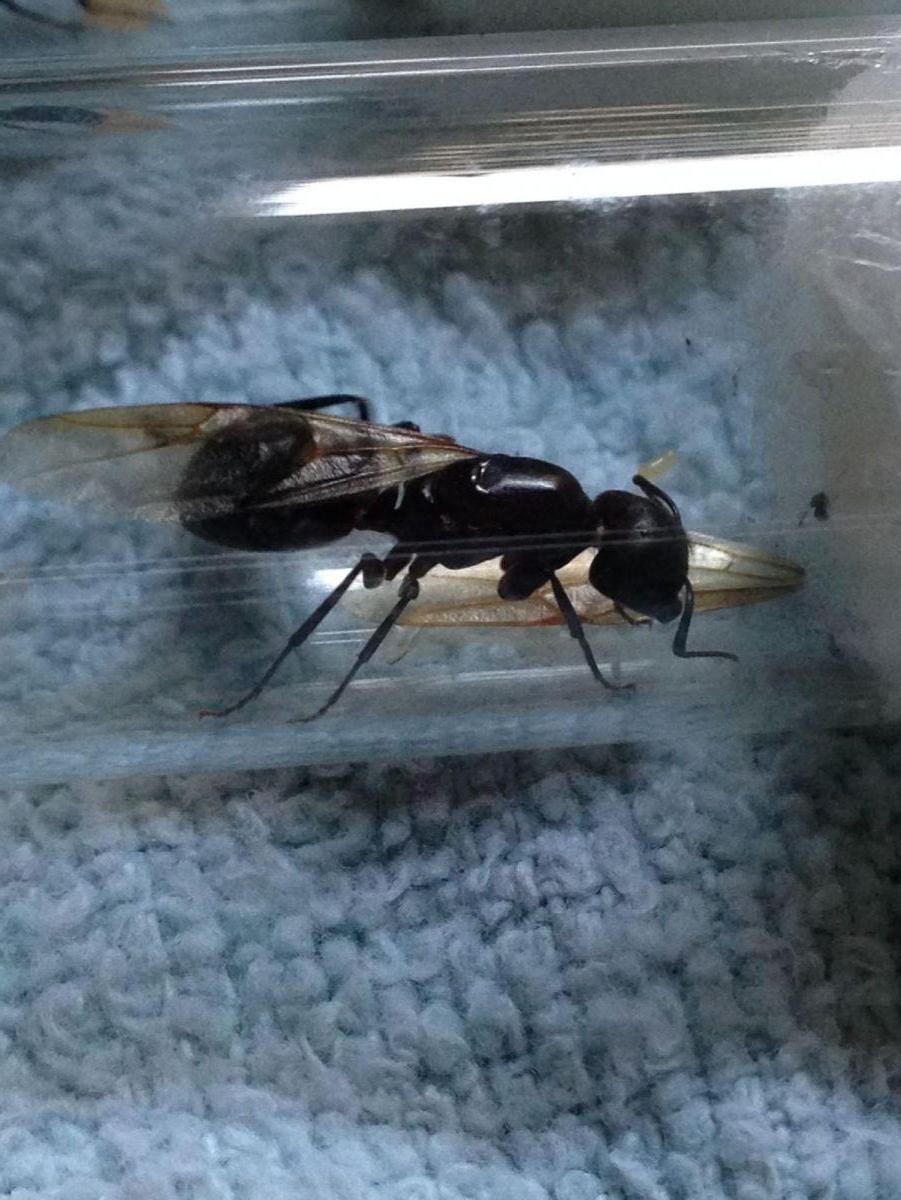There was a large flight last evening in Columbus, OH. I found this queen on an evening walk in the neighborhood with the family. She was just resting on the sidewalk. It remains to be seen if she has mated or not. We saw several others buzzing around as well. I also noticed several males around our porch light later last night, but did not see any females.
I am assuming this is a Camponotus queen, based on shaped and overall size (she seems even larger than my current Camponotus chromaiodes and pennsylvananicus queens. The one thing that does confuse me is there is an aspect of her that is very different from my current queens -and that is a presence of a very pronounced node in between her thorax and gaster as seen in the photo below. My current queens do not seem to have this. Any thoughts on that? I put the new queen and my holder queen below to show what I mean.
New Queen
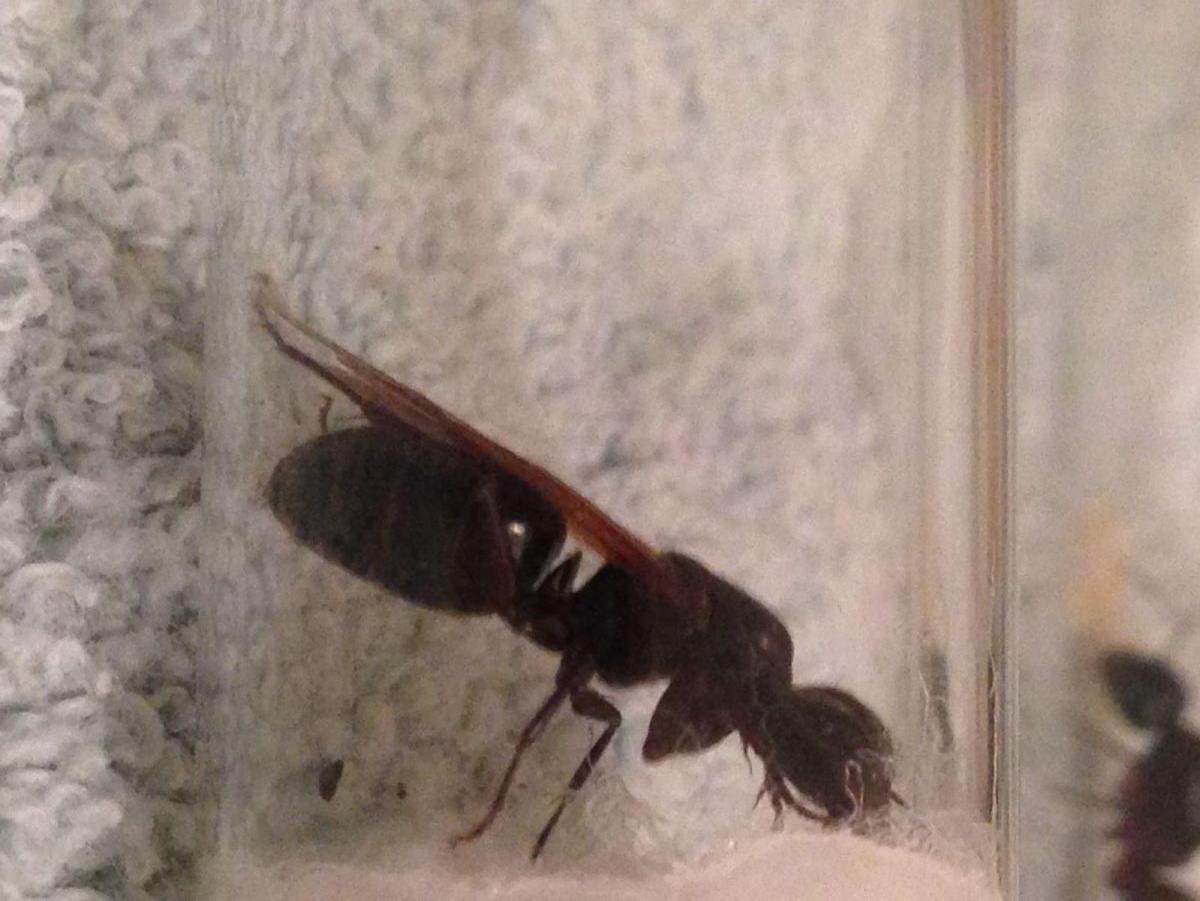
Current Queen
